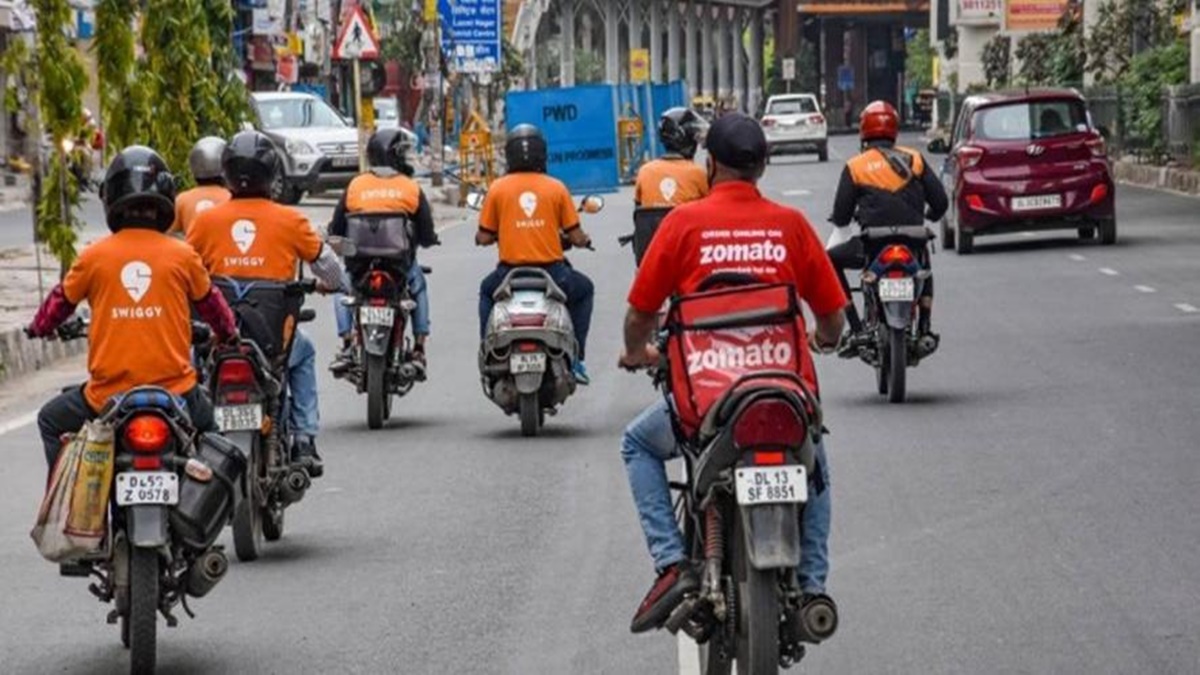In recent months, quick commerce platforms such as Blinkit, Zepto, and Swiggy Instamart have pivoted towards generating advertising revenue to carve out a sustainable path to profitability. As these platforms attract a new wave of urban consumers who make impulse purchases, brands are eager to partner with them to tap into this emerging market.
With millions of users relying on these platforms for everything from urgent grocery needs to fashion finds, ad revenue has become a significant profit driver. Analysts suggest that despite facing substantial cash burn, quick commerce businesses are leveraging their expanding user bases through targeted advertising, creating a promising revenue avenue.
Quick Commerce Advertising Revenue Growth
According to Elara Securities, quick commerce platforms are projected to accumulate an impressive ₹3,000-3,500 crore in annual recurring revenue (ARR) from advertisements. Notably, Blinkit leads the charge, capturing 45% of this revenue, while Zepto and Swiggy Instamart hold 35% and 20% respectively. For context, Amazon India is expected to generate ₹6,700 crore in ad revenue for FY24—only double the earnings of these quick commerce platforms, which serve just 8% of the nation’s online shoppers.
Evolving Consumer Behavior
A significant factor behind the rise in advertising revenue is the evolving consumer behavior towards quick commerce. “Quick commerce has transformed from a mere top-up solution to a full-fledged platform supporting regular purchases,” explains Nishant Shekhar, Managing Director and Partner at Boston Consulting Group (BCG). This evolution allows advertisers to connect with consumers not only during planned purchases but also during spontaneous buying moments.
This shift is particularly beneficial for both established FMCG companies and innovative direct-to-consumer (D2C) brands. Smaller brands find quick commerce an economical way to enhance their visibility and test market products. Interestingly, these smaller players are reportedly outpacing traditional giants in advertising strategies on these platforms.
Impulse Buying Trends
Abhishek Maiti, Director at market intelligence firm 1Lattice, notes that low-cost, fast-moving consumer goods are the primary catalysts for impulse purchases on these platforms. “Prominent FMCG brands are gaining significant traction. For example, Dabur generated around 30% of its FY25 beverage sales through quick commerce, while HUL saw approximately 10% of its ice cream sales come from these channels,” he shares.
Innovative Advertising Formats
Advertising strategies on quick commerce platforms are becoming increasingly sophisticated. Beyond basic search and banner ads, these platforms are exploring innovative approaches, such as:
- Ads on checkout pages
- Seasonal push notifications
- Post-order delivery tracking placements
- Physical pamphlets within delivery bags
These real-time, hyper-targeted advertising formats have led to substantial increases in advertising rates.
Profitability of Ad Revenue
Currently, advertising revenue from quick commerce accounts for about 2–4% of gross merchandise value (GMV), slightly trailing behind traditional e-commerce. However, cost-per-click rates are already competitive with or even exceed those of Amazon. With advertising margins reaching an impressive 90–95%, it is emerging as one of the most lucrative segments for quick commerce companies. Categories like household cleaning supplies, cookware, and wellness products are also witnessing increased advertising investments, highlighting the broadening appeal of these platforms.
In Q3 FY24, Blinkit experienced a staggering 220% year-on-year surge in advertising revenue, outpacing its 103% growth in gross order value. This indicates that advertising is not just a supplement but a significant driver of business expansion.
As these quick commerce platforms continue to evolve and capture market share from traditional e-commerce, their impact on the digital advertising landscape is set to expand further.











